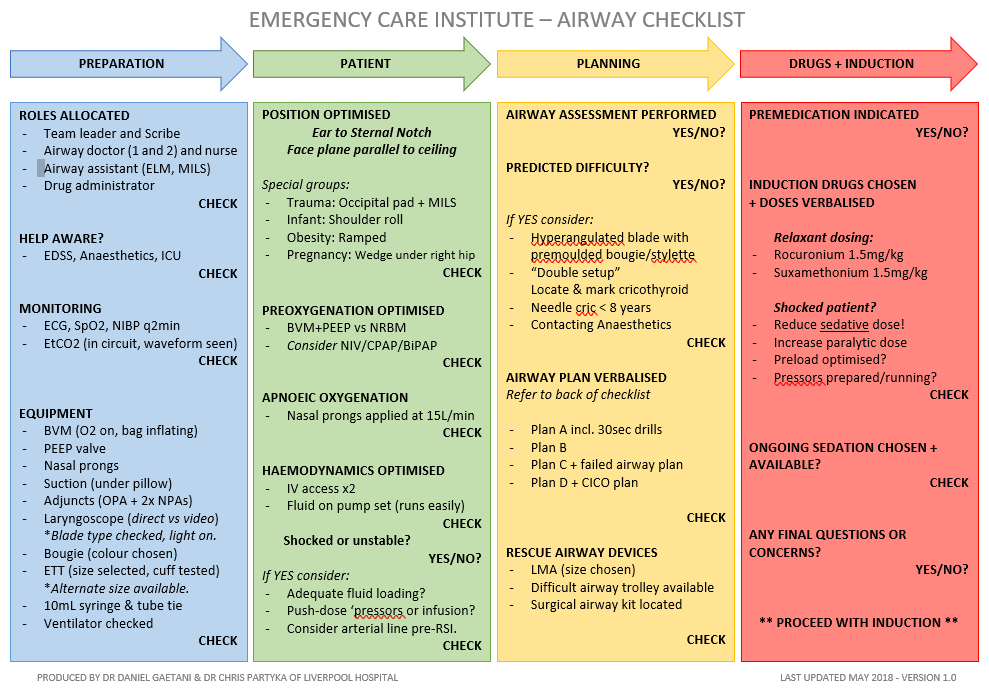


(See "Rapid sequence intubation (RSI) in children for emergency medicine: Approach", section on 'Selection of sedation (induction) agent' and "Rapid sequence intubation (RSI) in children for emergency medicine: Approach", section on 'Selection of paralytic agent'.)Īdditional discussion of pathophysiology and use of these agents for RSI outside of the operating room in adults is provided elsewhere. Further information about selection of sedatives and paralytics for RSI in children according to serious underlying conditions (eg, hemodynamic instability, increased intracranial pressure, status asthmaticus, or status epilepticus) is provided separately. They provide amnesia, unconsciousness, blunt sympathetic responses, and can improve intubating conditions.Įach of the major induction agents in common use in children is discussed below and provided in the rapid overview ( table 1). SEDATION (INDUCTION) AGENTS - Sedation (induction) agents are integral to the performance of RSI. (See "Rapid sequence intubation (RSI) in children for emergency medicine: Approach", section on 'Approach'.) This approach is discussed in detail separately. A simple, systematic approach to preparation and execution of the procedure is necessary in order to perform RSI successfully ( table 1 and figure 1).

Pharmacologic sedation and paralysis are induced in rapid succession to perform laryngoscopy and tracheal intubation with the goal of preventing aspiration. RAPID SEQUENCE INTUBATION - RSI describes a sequential process of preparation, sedation, and paralysis to facilitate safe, emergency tracheal intubation. (See "Rapid sequence intubation (RSI) in children for emergency medicine: Approach".) The approach to RSI outside of the operating room in children, including the steps involved in performing RSI and the selection of sedative and paralytic agents according to patient characteristics, is discussed separately. INTRODUCTION - This topic will discuss medications commonly used for sedation and paralysis outside of the operating room during RSI in children.


 0 kommentar(er)
0 kommentar(er)
